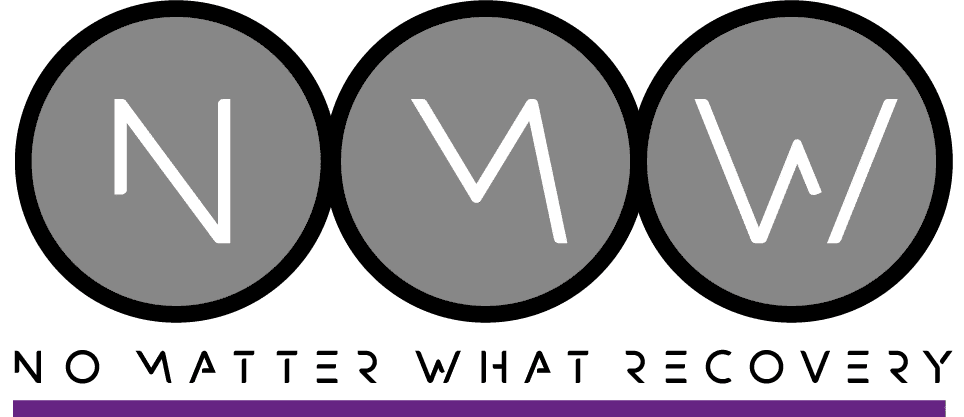The alcohol withdrawal process is different for every person. Every person’s situation is different, and various factors come into play with every withdrawal. The good news is that knowing where to get help and what to expect can make the experience less distressing.
It is important to understand how patterns of alcohol consumption impact the withdrawal process. People abusing alcohol or drinking around the clock will likely have a more extensive withdrawal process. This is compared to someone who has not been consuming alcohol as frequently or for as long. However, body composition and other factors can also influence the withdrawal process.
Statistics About Alcohol Use
Alcohol consumption is legal and socially acceptable for adults over 21. Nevertheless, alcohol use can still be extremely harmful. If not controlled, alcohol consumption can have a negative impact on the body and mind.
According to the National Institute on Alcohol Abuse and Alcoholism, surveys from people 18 and older indicate :
- Roughly 25.8% engaged in binge drinking at least once in the past month.
- Approximately 6.3% reported heavy alcohol use
- An emerging trend of high-intensity drinking is seeing a rise. (High-intensity drinking is defined as the consumption of alcohol and dangerous levels well over the thresholds used for binge drinking.) This new trend for high-intensity drinking is worrisome. This is due to the fact that the activity is 93 times more likely to result in an emergency room visit.
- About 14.5 million aged 12 and older had an alcohol use disorder, also known as an AUD.
Binge drinking, high-intensity drinking, and alcohol use disorder (AUD) are all forms of alcohol abuse. Abusing alcohol can have detrimental health and social effects on both teens and adults. Therefore, quitting alcohol through safe alcohol withdrawal is vital for an individual’s health and well-being.
What Is Alcohol Withdrawal?
Alcohol has a significant impact on the body and its processes. When a person drinks alcohol frequently or in large amounts, their body is impacted. Over time, their body adjusts to the presence of alcohol. The body’s organs — particularly the brain, heart, liver, and kidney — become used to the presence of alcohol.
Alcohol withdrawal starts when a person with an alcohol dependence suddenly stops or reduces their alcohol consumption. Their body, dependent on alcohol, must readjust its functioning to return to its former state. Alcohol withdrawal, especially for people who have been excessively drinking, can be a distressing and dangerous experience.
What Is Alcohol Detox?
As a person’s body processes alcohol, toxins are produced. Removing alcohol and its toxins while the body adjusts to working without alcohol is called an alcohol detox. For many people who abuse alcohol, the symptoms of alcohol detox can be severe and dangerous. In rare cases, alcohol detox can even be lethal.
Some individuals may choose to detox on their own in their homes. However, people with an alcohol use disorder usually require the assistance of a medical professional to detox successfully from alcohol. The presence of a professional ensures safety and can reduce the discomfort that most people experience.
What Is the Timeline of Alcohol Withdrawal?
Each individual responds to alcohol withdrawal differently, depending on the following factors:
- Age
- Weight
- History of alcohol use
- History of drug use
- Health status
Predicting how long alcohol withdrawal takes is challenging, even for professionals. The symptoms of alcohol withdrawal can begin as early as two to six hours after a person’s last drink. For people with mild symptoms, the most severe symptoms occur on the third day of withdrawal. However, people with severe alcohol withdrawal may see symptoms last for weeks.
A general alcohol timeline will include four stages. The first stage is within the first 6 to 12 hours, where the individual will experience headaches, anxiety, nausea, insomnia, and poor appetite.
In the next 12 to 48 hours, it increases in severity and includes symptoms such as hallucinations and/or seizures.
Precisely after, the next 48 to 72 hours will include alcohol withdrawal symptoms such as fever, sweating, confusion, increased heart rate, high blood pressure, and delirium tremens.
Delirium tremens occurs in about 2% of people undergoing alcohol detox. Potentially fatal delirium tremens require immediate medical assistance.
After 72 hours, withdrawal symptoms should begin to subside and improve over the next week or so.
What are Post-Acute Alcohol Withdrawal Symptoms?
For a small group of people, alcohol withdrawal symptoms can last up to a year. These lingering symptoms are known as post-acute withdrawal symptoms (PAWS). Although most PAWS symptoms are mild, a few can be severe. Moreover, some of these symptoms can interfere with successful recovery from alcohol abuse.
Mostly psychological, PAWS symptoms may include:
- Problems with memory or “brain fog”
- Sleep challenges
- Mood swings
- Hostile behavior or irritability
- Lack of motivation
- Persistent fatigue
- Depression
- Lack of motivation
- Anxiety
PAWS symptoms, if left unaddressed, can be risk factors for relapse and get in the way of recovery. Having dependable resources and a source of support can help a recovering individual manage the symptoms of PAWS.
Treating Alcohol Withdrawal
Addiction treatment programs can help individuals along the alcohol withdrawal process, starting from alcohol detox. When alcohol detox is medically supervised and done safely, the potential for positive outcomes is apparent. A controlled detox can protect a person’s health and improve the chances for a successful recovery.
Medication-Assisted Treatment (MAT)
Alcohol withdrawal is an unpleasant and possibly life-threatening experience. However, when done under medical care, a person undergoing alcohol withdrawal can benefit from medication-assisted treatment (MAT).
A few examples of medications available under MAT are:
- Naltrexone: Eases cravings.
- Disulfiram: Deters relapse.
- Acamprosate: Stabilizes brain chemicals.
MAT helps to ease the discomfort of withdrawal symptoms and alleviate the mental distress which typically accompanies alcohol withdrawals. MAT is generally performed in inpatient treatment settings under the care of trained medical professionals.
What’s After Detox?
After alcohol detox, the next stage is learning how to become accustomed to living without alcohol. Sustaining sobriety takes continued support through counseling, behavioral changes, social adjustments, and, for some people, medications. Establishing habits that stop alcohol cravings and prevent relapse takes a caring environment.
An addiction treatment program helps individuals cope with alcohol triggers and maintain sobriety. These programs offer individuals a safe space filled with treatment professionals who understand how to assist in their recovery. These programs help with:
- Building a positive recovery-oriented support group.
- Identifying and addressing signs of relapse.
- Addressing co-occurring illnesses that may contribute to alcohol abuse, like anxiety, depression, PTSD, or eating disorders.
- Improving relationships with family and friends.
- Finding employment and housing opportunities.
Alcohol Withdrawal and Beyond
The Substance Abuse and Mental Health Services Administration (SAMHSA) encourages inpatient treatment for alcohol detox and withdrawal. SAMHSA is the leading authority on alcohol and substance abuse in the United States. The alcohol withdrawal timeline can differ for each individual. Therefore, having professionals available to help around-the-clock improves the chances for a successful recovery.
If you or your loved one needs assistance with alcohol withdrawal and rehabilitation, No Matter What Recovery can help. Whether you’re in the Los Angeles area or beyond, we’re happy to discuss available treatment options . We offer individualized and affordable detox and treatment programs for individuals with alcohol and drug abuse.
Contact us today and start the journey to lasting recovery.







